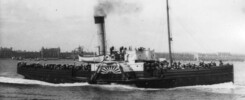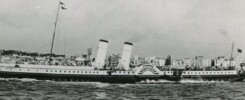Founded in the 18th century White’s Shipyard at Cowes on the Isle of Wight expanded substantially under the management of John Samuel White in the 19th century and in the run up to the First World War was churning out small to medium sized warships for the Royal Navy on an industrial scale. After the war came the peace and with that no need for new warships for Britain. So the company initially looked elsewhere and touted for business around a wider range of market sectors including foreign navies. In this they had some success and amongst other work gained contracts to build six passenger paddle steamers for the UK market between 1922 and 1930.
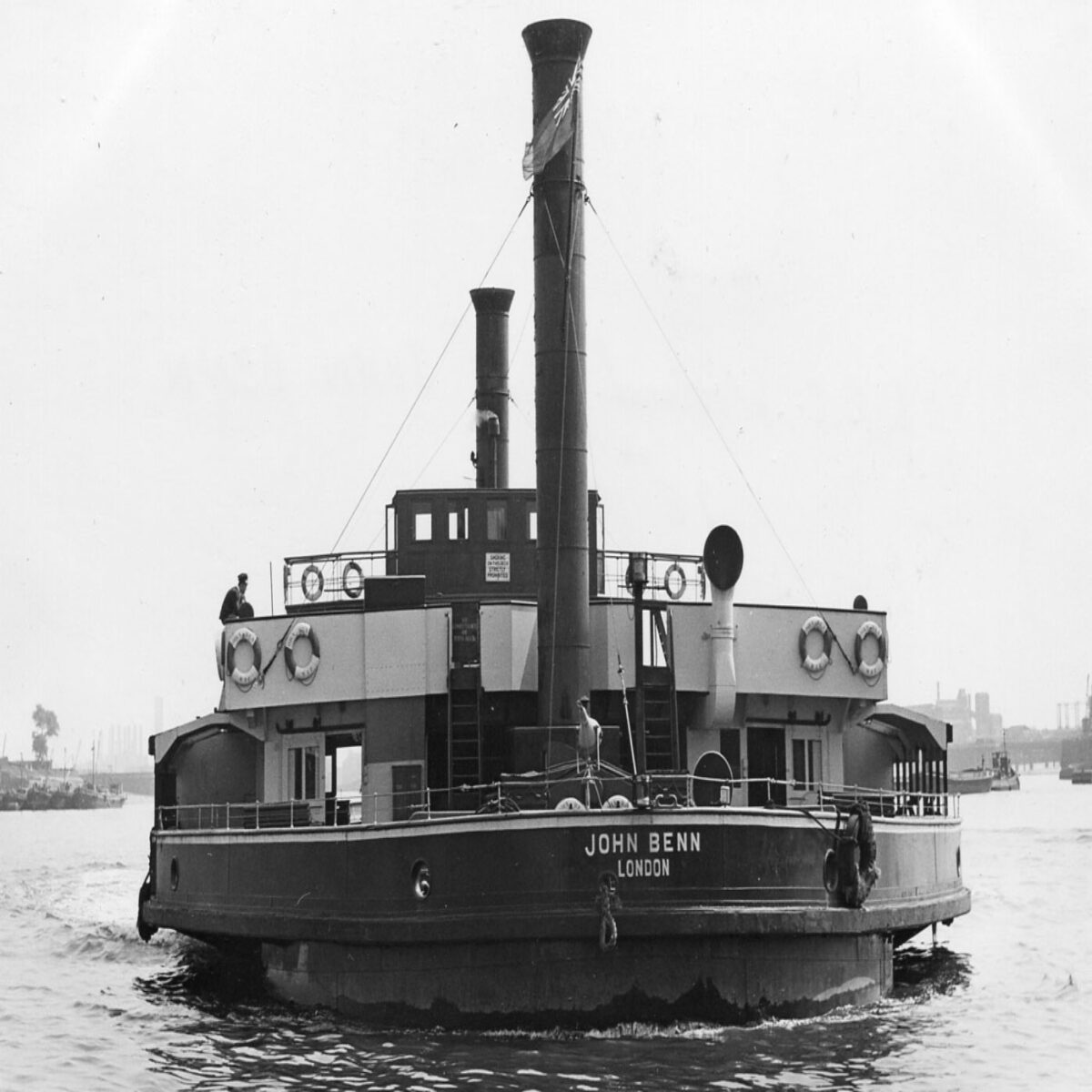
Four of these were built for the short ferry run on a Class V Passenger Certificate for “Smooth Waters” across the Thames at Woolwich including Squires in 1922, Gordon in 1923 and Will Crooks and John Benn in 1930
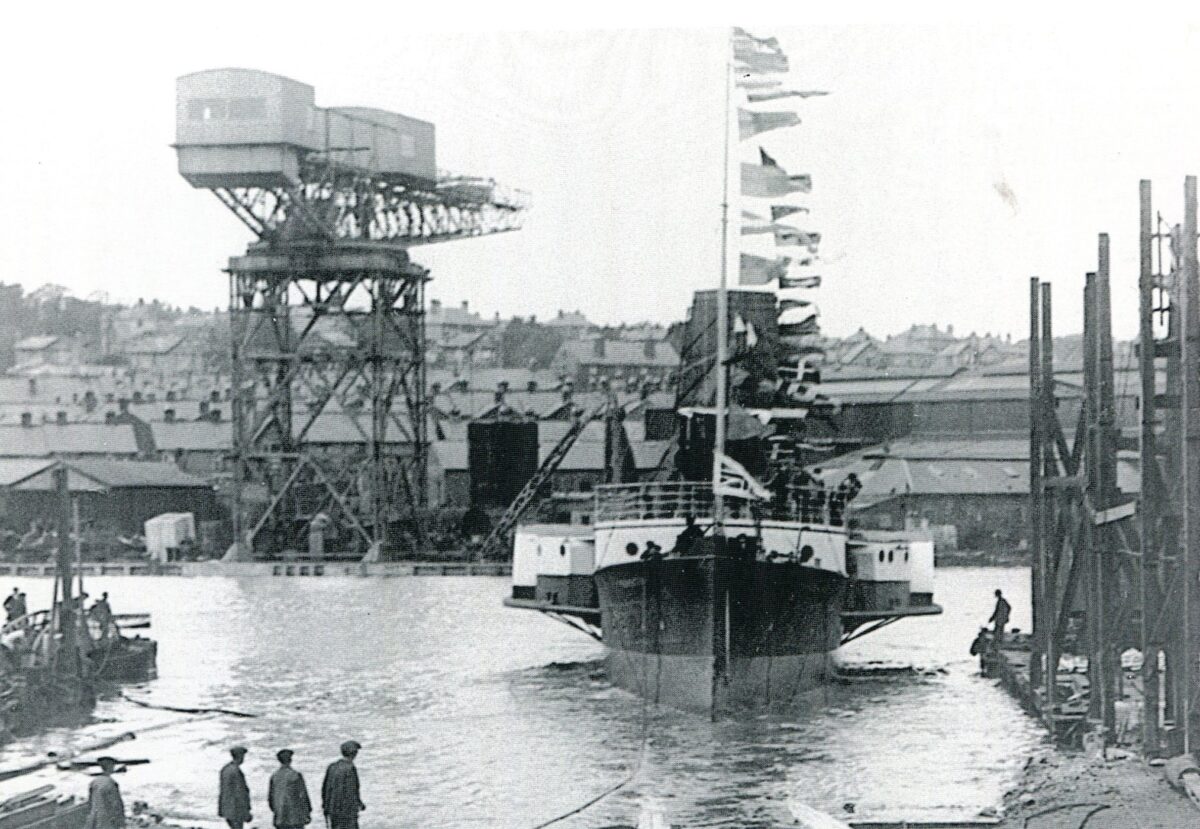
Then there was the Freshwater built in 1927 for the Southern Railway’s Lymington to Yarmouth “Partially Smooth Waters” route for which she needed a Class IV Passenger Certificate.
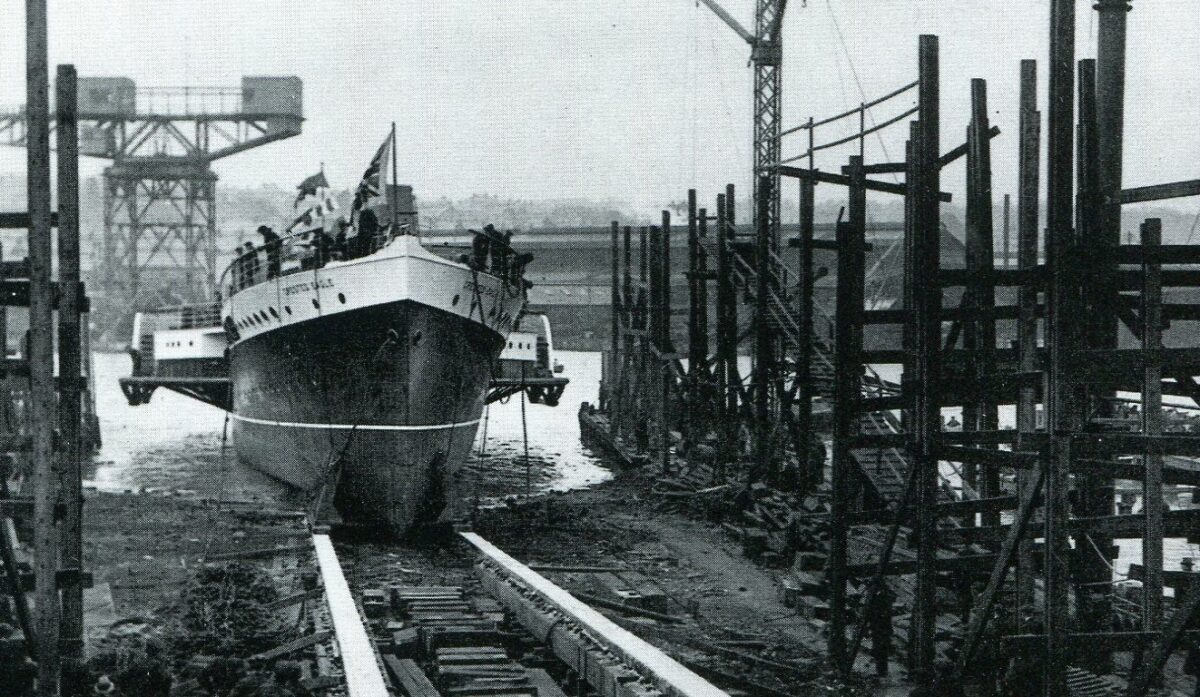
And in 1925 they built the largest and fastest of them all by a long chalk, the Crested Eagle for the General Steam Navigation Company’s operations from London down the Thames to Margate and Ramsgate for which she needed Board of Trade Class V (down to Gravesend), Class IV (onwards towards a line in summer joining Clacton and Reculver) and sea-going Class III (beyond that to Margate and Ramsgate) Passenger Certificates.
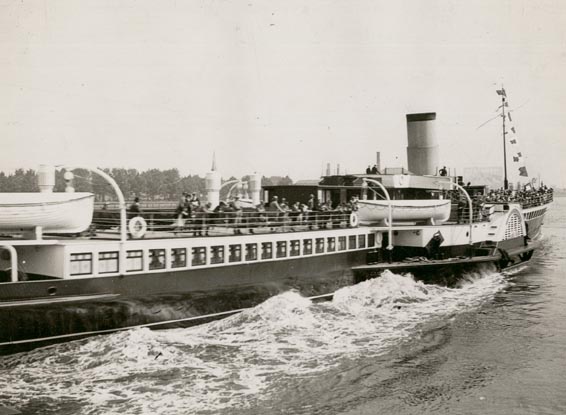
As built and up to 1927 when Tower Pier opened, Crested Eagle’s starting Point for her Thames excursions was London’s Swan Pier which required transiting London Bridge. So to get underneath she was fitted with a collapsible mast and a telescopic funnel.
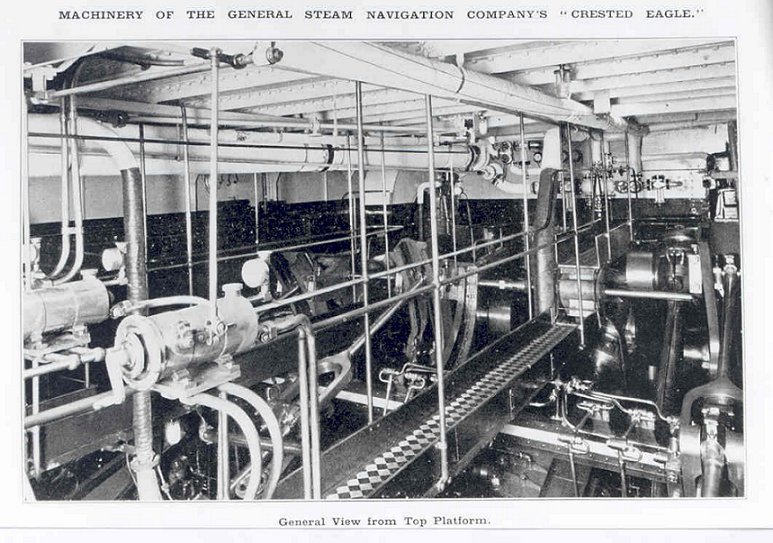
Her design was that of a larger and more commodious version of Golden Eagle of 1909 with enhanced saloon accommodation plus a powerful triple expansion engine which could push her along at close on 19 knots over the ground. She was also in the forefront of advances in modern technology being one of the very first excursion paddle steamers in Britain to have her boiler fired by oil rather than coal.
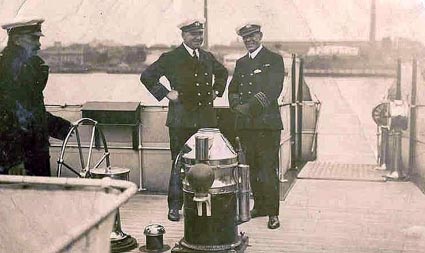
The ship’s bridge was sited abaft the funnel to aid her passage travelling astern up river to London using the bow rudder from Woolwich where she turned on her return at the end of each day so that she was head out for the next day’s sailings.
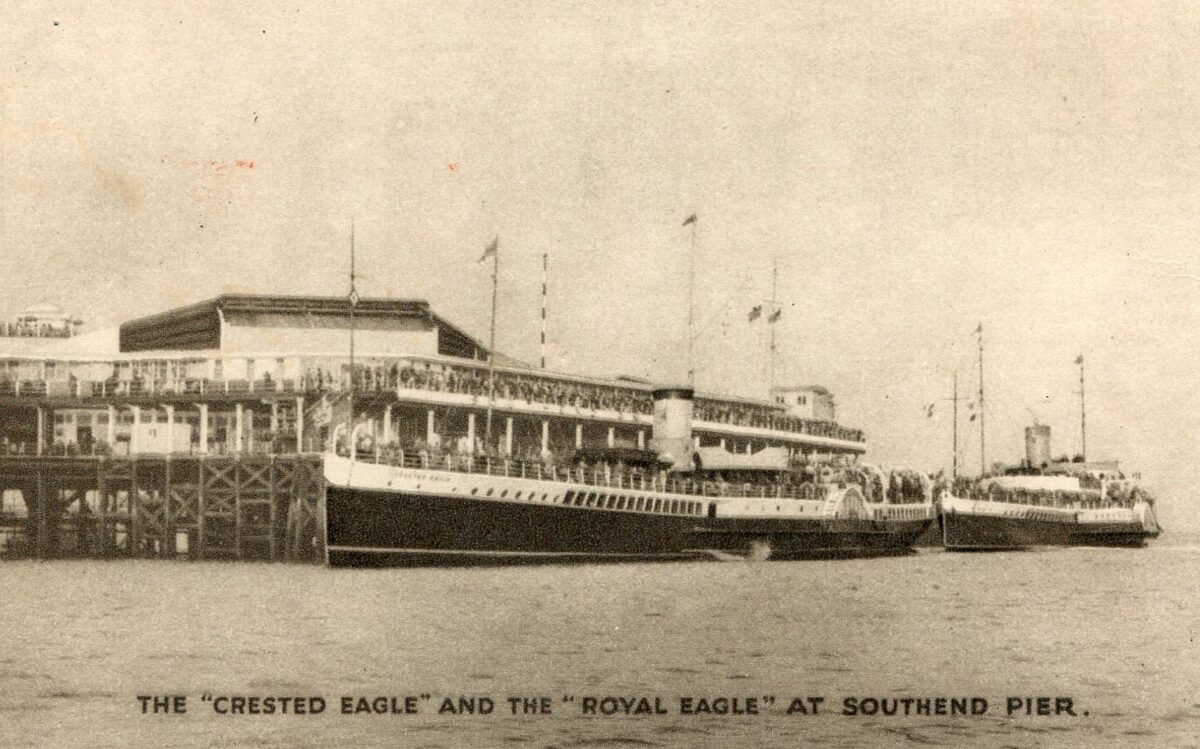
In 1932 the GSN built Royal Eagle, an even larger paddle steamer with even more undercover accommodation, amenities and dining saloon capacity for her passengers, for their London to Ramsgate service. She displaced Crested Eagle which found a new roster running from London to Southend, Clacton and Felixstowe, a service for which her speed was very necessary to keep to the timetable particularly on days when she was punching the tide both ways.
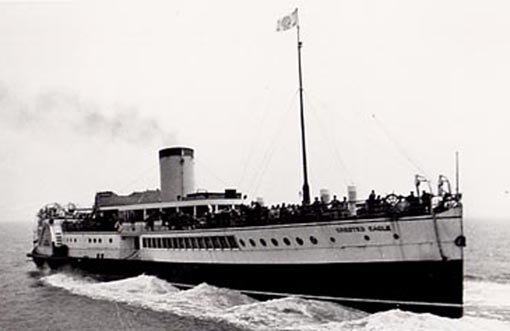
In an attempt to upgrade her undercover accommodation further and make her more the equal of Royal Eagle, in 1939 Crested Eagle was fitted with massive shelters fore and aft on the promenade deck. At the same time in order to try to give her a more modern look the white paint was extended down a strake to main deck level. I have sometime wondered if some senior official with influence at Cosens noticed this as they too lowered the white paint on the hulls of all their paddle steamers to main deck level after the war in the same way. It’s the sort of thing that someone with clout maybe spots, thinks it looks nice and so implements it in his own arena
Crested Eagle only ran for one season like this and that was a short one. By 3rd September 1939 Britain was at war with Germany so that was that for the paddle steamer excursion trade. Like Royal Eagle and Golden Eagle, she was taken over by the Admiralty and converted for use as an Auxiliary Anti-Aircraft ship but didn’t have a very long career at that . She was bombed whilst evacuating troops from Dunkirk on 29th May 1940 and was beached on the sands not far from Dunkirk where what remains of her wreck can still be seen at low tide today.
The four Woolwich ferries were withdrawn and scrapped in 1963. Surplus to railway requirements by 1959 Freshwater had two more seasons of excitement first in 1960 as Sussex Queen running from Brighton, Eastbourne and Hastings and then in 1961 as Swanage Queen from Bournemouth and Swanage. After that she too was towed away to the breakers yard.
Kingswear Castle returned to service in 2023 after the first part of a major rebuild which is designed to set her up for the next 25 years running on the River Dart. The Paddle Steamer Kingswear Castle Trust is now fund raising for the second phase of the rebuild. You can read more about the rebuilds and how you can help if you can here.
John Megoran

